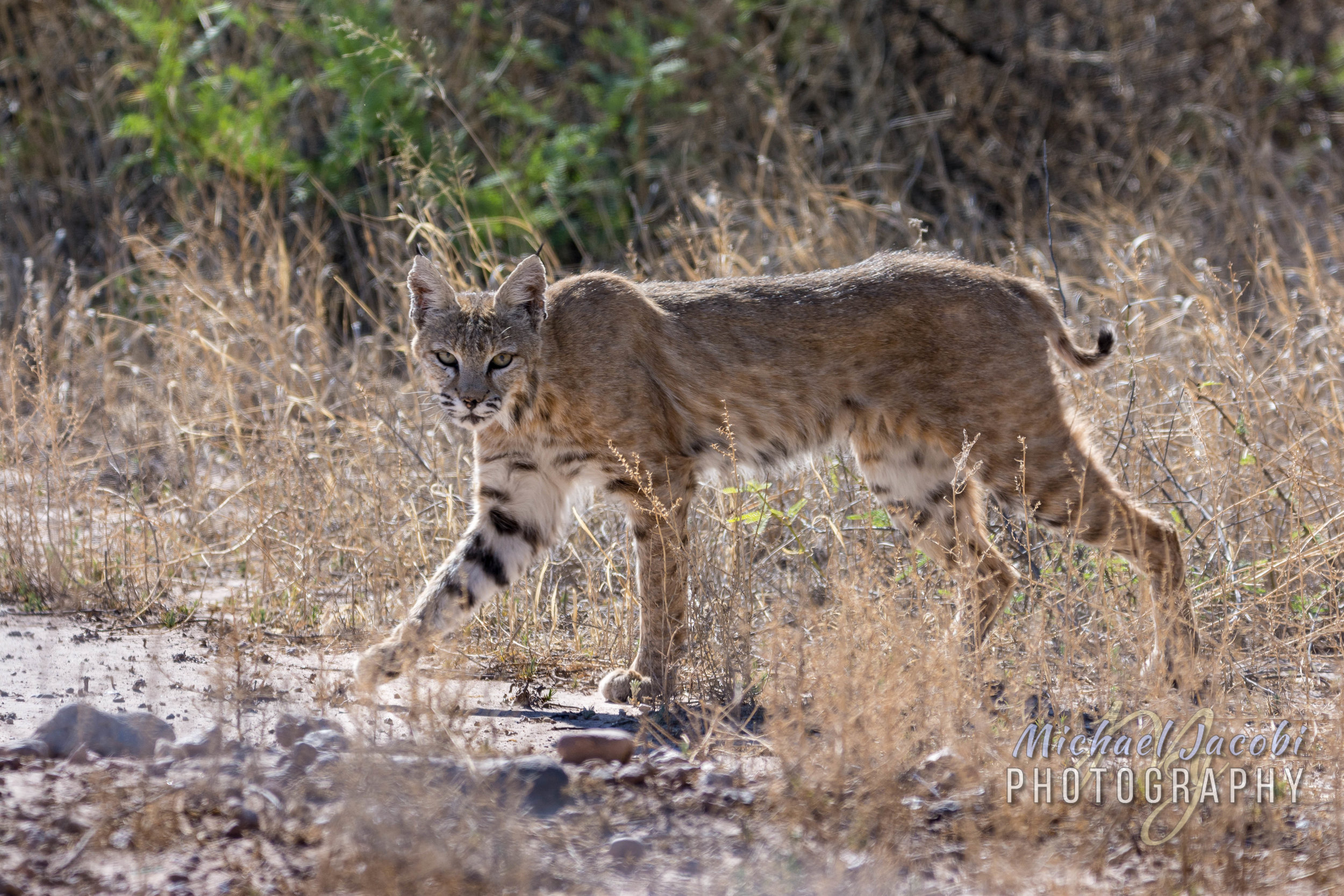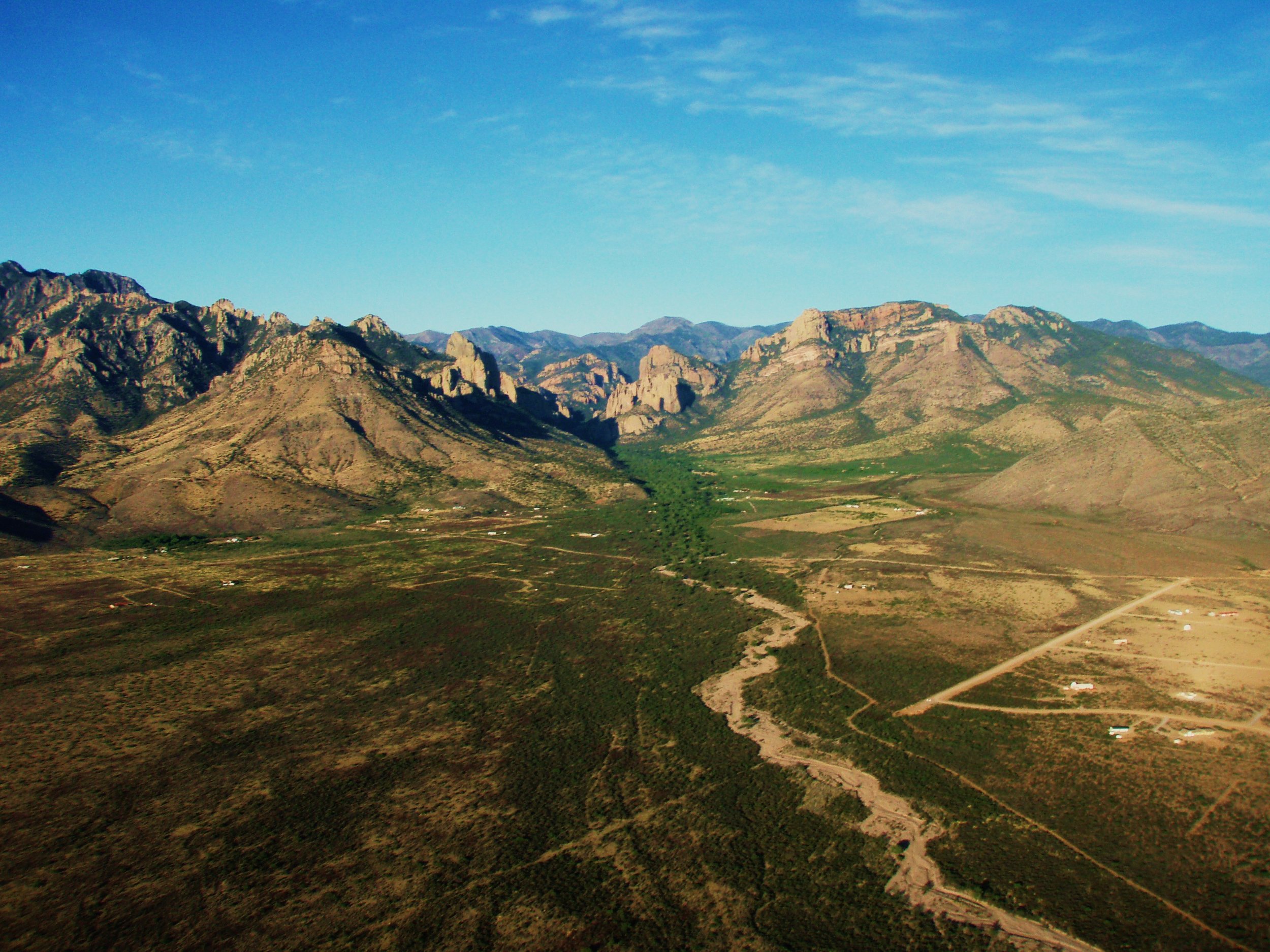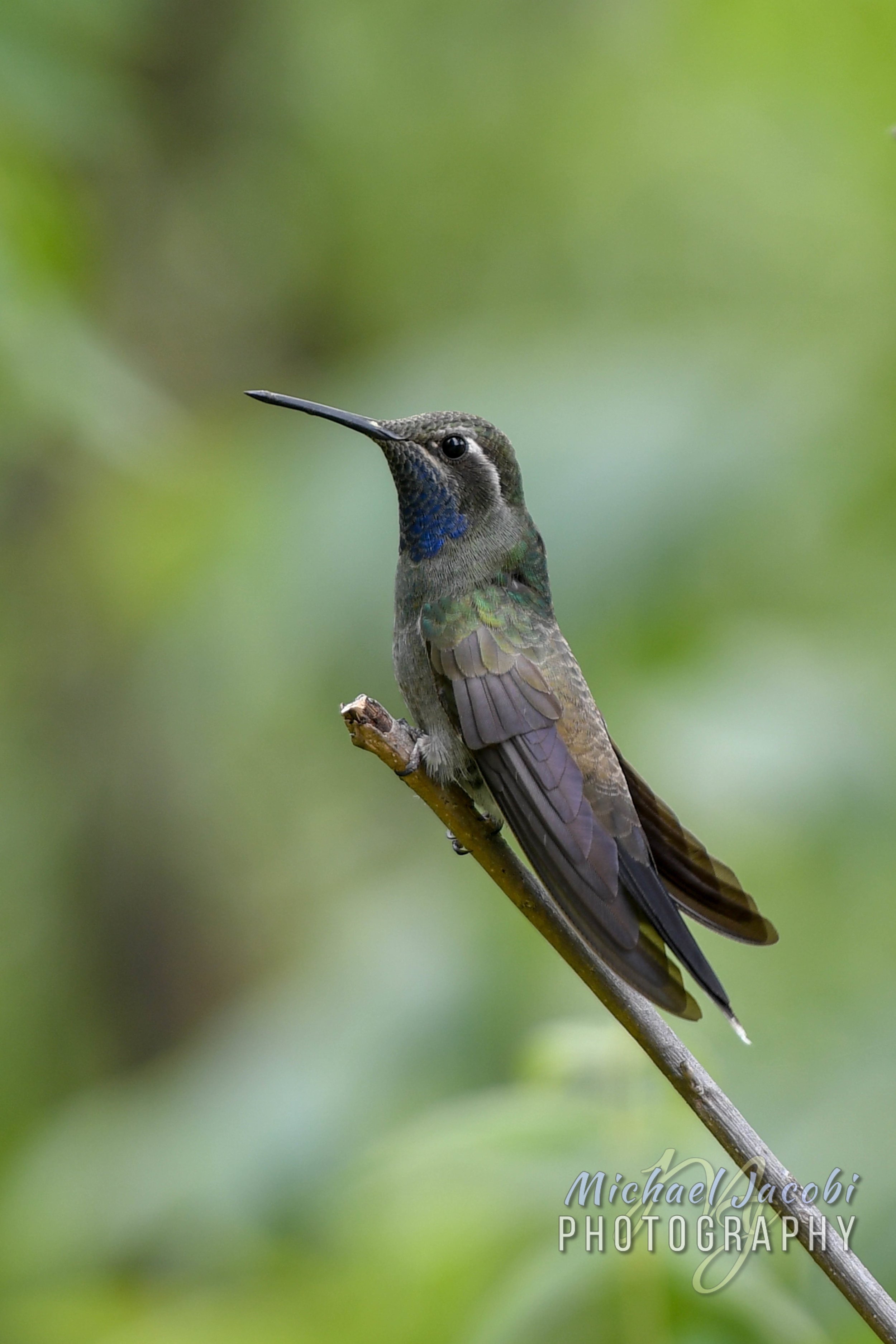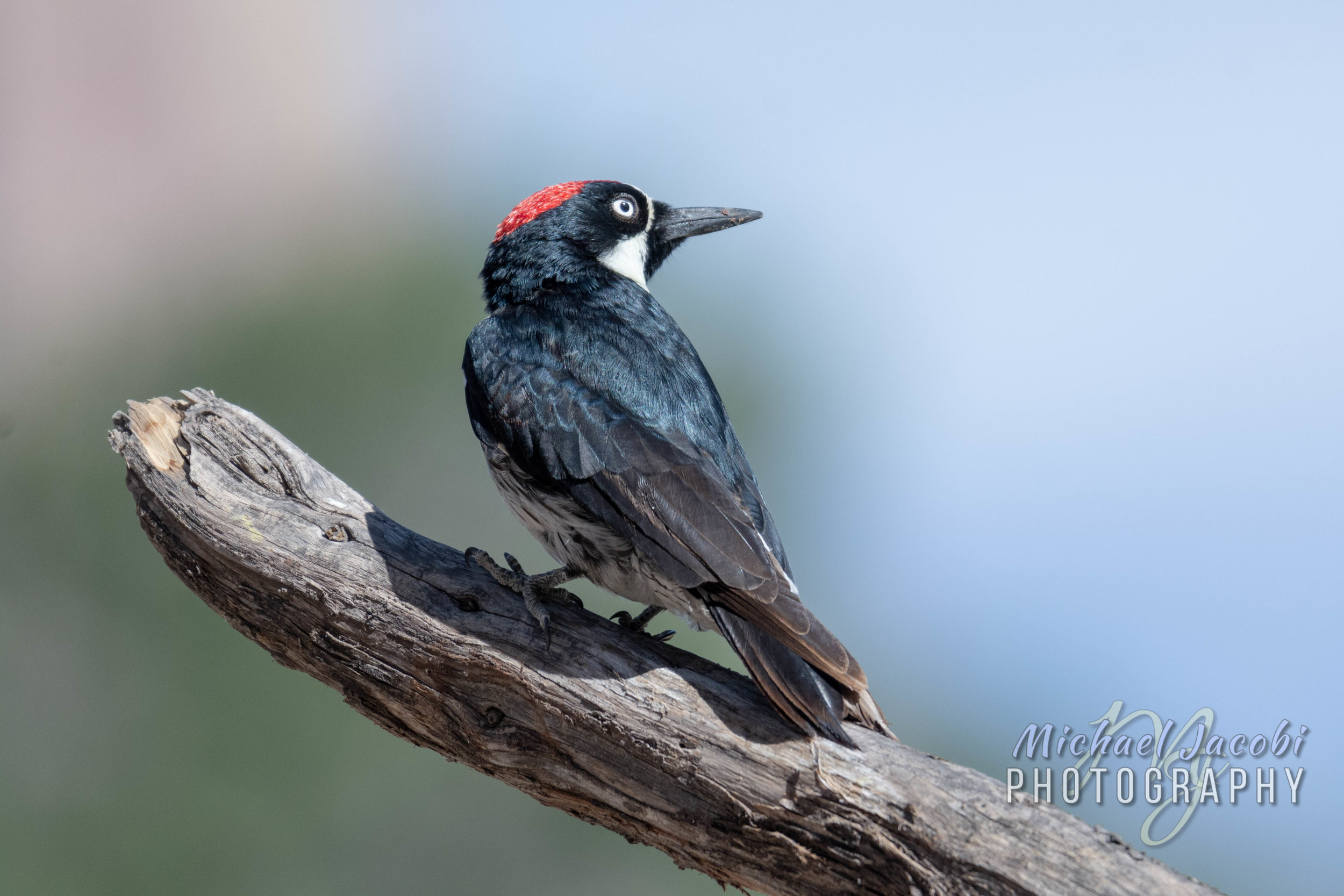An email quickly circulated among the small hamlet of Portal. Although bear sightings are common throughout Cave Creek Canyon, and local residents are quite familiar with bear shenanigans at their backyard feeders (prompting most to bring in all feeders at dusk), this well-forwarded email made two points. First, that this was the largest bear the original author had ever seen in the area and that the bear had been seen during the heat of day near the most popular places in Cave Creek Canyon: Vista Point, South Fork Road and Sunny Flat Campground. Readers were cautioned to exercise extra care when walking their dogs, as many locals do between Portal Road and this area.
I was sent the email so I could notify the birders, hikers and campers I encounter at the Visitor Center. But my first thought was that I hoped I would see it, preferably when I have camera in hand. I often say that I'd rather come face-to-face with a snarling, spitting, hissing mountain lion than a mother bear with cubs, the latter being far more dangerous, but the email only mentioned one, albeit enormous, bear. I suspected it was likely a lone male, curious and scavenging at the campsites. I too was curious.
As I left the corral this morning, two days after the initial sighting, I had the bear in the back of my mind. However, it was early and I was trying to get to an area where I look for Rock Rattlesnakes just above the Southwestern Research Station. I also was keen on finding spiders so my camera body had my 100mm lens on it, not the 150-600mm super telephoto zoom I use for birds and mammals. Vista Point is only a few minutes up the canyon from my campsite and just as I approached this famous photo-op trail I saw an immense black form on the west side of the road. I quickly pulled my truck off the road as soon as I could and watched as the bear crossed the road about 50 yards ahead of me. I scrambled to switch lenses and, as I was fumbling with camera gear, I noticed that there was two women up ahead very close to where I first glimpsed the bear. They were frozen on the road's shoulder and I next noticed that they had a dog.
As I jumped out of my truck, the bear had crossed the road completely and charged up the hill coming diagonally closer to my position. The rising sun was blinding me and I never was able to capture even a single image as I moved back down the road, following its progress running through cover back down canyon towards Vista Point. However, I saw it clearly many times and it was certainly the largest bear I have seen outside of Yellowstone many years ago. It was the size of a cow even if its shorter legs meant it was closer to the ground. I know most people wouldn't have pursued it as I did, but I did stay on the road and was prepared to dash back to my truck. Foolish, I know, as I can't outrun a bear. Or even a tortoise. But the bear never got closer than about 75 yards from me as it moved up higher the hill and I eventually lost sight of it.
I climbed back into my truck and caught my breath. I hadn't been away from the Wheelhouse for ten minutes and my heart was already racing. I sat and sipped my coffee and eventually the two women and their dog descended the road to where I was parked. I recognized them as locals and we began to chat. They said that the bear was dangerously close to where they were until it heard my approaching truck. That is when it dashed onto the road and began moving up the roadside hill. The woman with the dog recognized me from last year's herpetological conferences, this year's VIC Garden Party and other local places. She admitted that she was prepared to release her dog from the leash. She said that she loves her dog, but would have let the bear get to it before it got to her or her friend. I imagine it was a very intense few moments for them, whereas I was just running on adrenaline thrill and wanting to get a photograph!
Black Bears are dangerous. They may be omnivores who gently eat berries & nuts and don't hunt large animals, but they certainly will attack when threatened. I wouldn't suggest otherwise.
Bobcat (Lynx rufus), Willow Tank near Arizona/New Mexico state line.
Another mammal thrill was my encounter with a mountain lion near my corral campsite, but it was over in seconds and the cat's profile is just a phantom memory. The more commonly seen wild cat is the Bobcat and one day when I was about to leave Willow Tank after doing some chores there for Friends of Cave Creek Canyon, this one visited me. Willow Tank is the wildlife pond that we maintain that formerly was an agricultural holding tank for flooding cotton fields. The bobcat was in the desert scrub bushes on the other side of the road from Willow Tank's gate. I grabbed my camera and followed it as it moved parallel to the road, it's sleek shape moving in and out of sight behind the creosotebush, mesquite and other shrubs and desert trees. When I lost sight of it I would quickly move farther up the road in the direction it was heading. It continued parallel to the road, perhaps thirty or forty yards into the scrub. To my surprise, it angled closer to the road and turned towards me. I watched it, photographed it, and marveled at how casual its gait was. It watched me, but seemed indifferent to my presence. I walked toward it as it crossed the road and went underneath my truck. I thought I might have to try to scare it away to leave, but it soon continued its slow stroll into Willow Tank itself where I hope it found a meal of one of the many desert cottontail rabbits currently occupying the temporarily drained pond. It looked a little weary and emaciated.


















